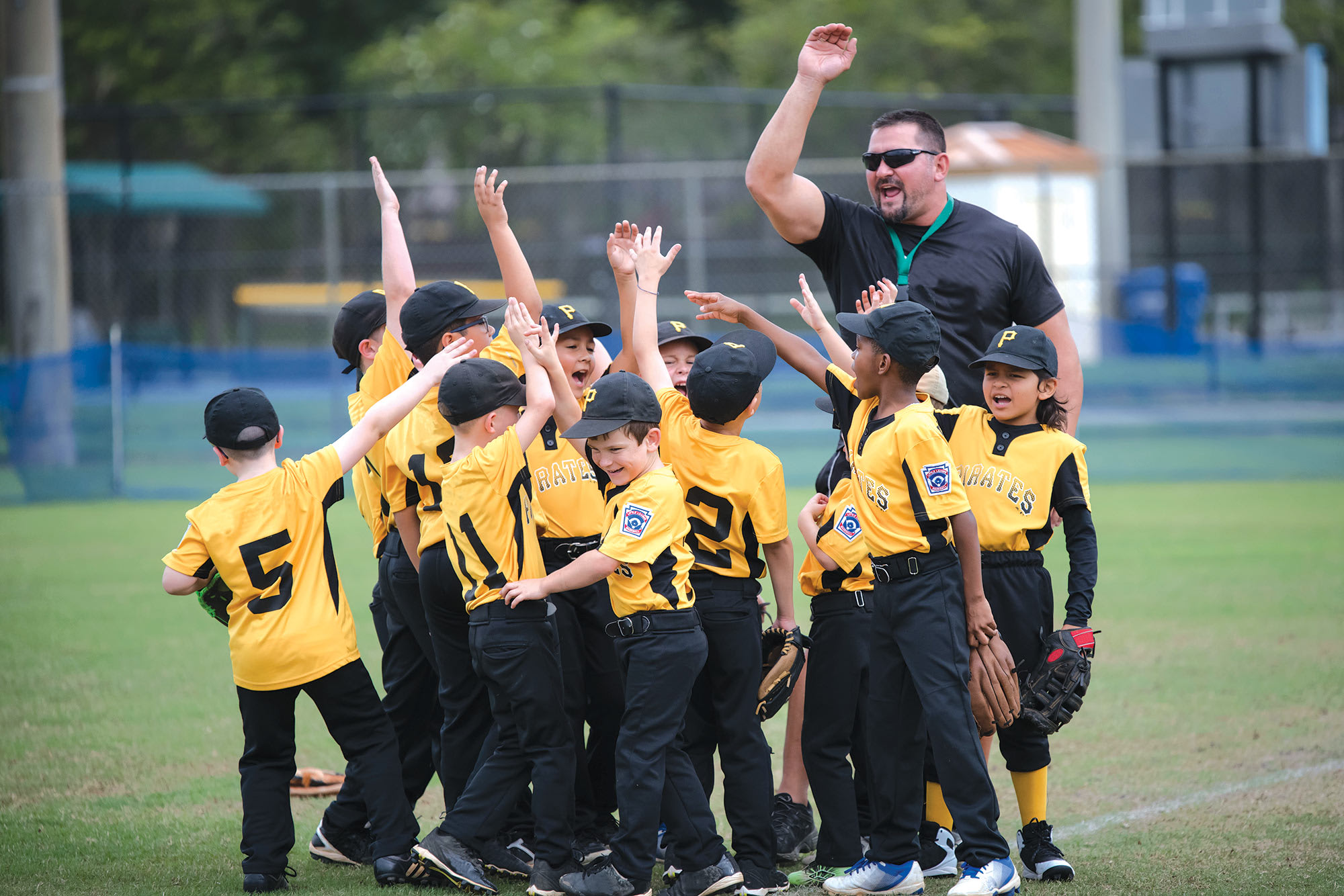Written By: John O’Sullivan, Founder of the Changing the Game Project

Head to any Little League® game and you will often hear the line “I’m in it for the kids.” Thankfully, so many of our parents, coaches, and board members are, as our leagues would not survive without the millions of volunteers and parents devoting their time and energy to give our kids a chance to be a part of the Little League program. It is truly a special quality that allows Little League to provide low cost, local access to the game of baseball and softball. Yet, from time to time, there is a negative side to “I’m in it for the kids.” It becomes an excuse for bad coaching, disrespectful parenting, and league politics that have no place in our game. We must work hard to eliminate this element in our local leagues. We must truly make it about the kids.
How do we do that?
Our goal at Little League is to create a player-centered, or athlete-centered experience. But what exactly does athlete-centered mean?
In my new book Every Moment Matters: How the World’s best Coaches Inspire Their Athletes and Build Championship Teams, I define an athlete-centered environment as one in which the child takes center stage. He or she is an active participant in the decision-making, creating not only more autonomy but also an understanding of the actions and behaviors that lead to improvement. Coaches in athlete-centered environments become facilitators and learn to question athletes in order to help them understand concepts and skills at a deeper level. They allow the time and space for athletes to develop at their own pace and put the goals of the athletes and the team at the forefront. This promotes an environment where athletes gain self-awareness, make decisions, explore creative solutions, and assess choices with the coach acting as a facilitator—not the autocratic dictator. Athlete-centered coaches view the team as a collection of people with individual needs and individual developmental timelines and, thus, focus on serving the needs of all those individuals within the team concept.
For example, whereas in a coach-centric environment, the coaches tell the players what the solution is or what decision to make, athlete-centered coaches may ask questions such as:
- What did you see in that situation that made you throw it to that base?
- How did that feel when you swung the bat it that way?
- Did you notice any other options available to you?
- Was that the best time to take an extra base?
- What did we do in the moments that we were having success?
Coaches who learn to ask these type of question set up children for long-term success in the game, and give them more ownership of the experience.
As we all know, and some of us have experienced, there are quite a few obstacles to this type of player-centered environment, and they are damaging to our game. We must work together to remove these elements of the sport. They are:
An overemphasis on outcomes:
If the only goal is to win, then we are likely to create coach-centric environments. Coach-centric environments will give the answers and make every decision. They will play only the best kids in their preferred positions and give them the preferred spots in the lineup. They will intimidate young umpires and argue calls. They will push the limits on pitch counts and take away the enjoyment of the game for many children.
Poor coach and parent behavior:
Children need positive role models in the stands and on the bench in order to help them develop character and learn to navigate the ups and downs of playing baseball and softball. They will listen to what we say, but they will always remember what we do, so we must be cognizant of our actions. Criticizing the playing ability of teammates in the stands or in the car on the way home is very damaging for our kids. Openly disagreeing with coaching decisions or questioning umpire calls is equally destructive. We must model the behavior we want to see in our players.
Local Board politics:
This can be an incredibly destructive element to the game in your town. It can limit coaching slots to friends of board members and ostracize certain families. Politics can reduce volunteerism and lower player retention rates, as politics often becomes very obvious, especially in the selection of regular season teams and all-stars. Politics can put the focus on specific children – typically the children of board members and coaches – at the expense of the overall experience for the rest of the team members. Nothing can destroy a local league faster than a board that claims to be “in it for the kids” when their actions demonstrate they clearly are not.
Little League would not exist without the millions of volunteers and amazing parents we have supporting our programs. The vast majority of the adults involved are truly committed to making the experience about the children. Yet there are a few bad apples. It is time for us to take back the game, and stop allowing these poor actors from claiming “I am in it for the kids” when they clearly are not. Volunteer to coach. Become an umpire. Run the concession stand. Serve on the board. Let’s take back our game, and put a little more “play” in “Play ball!”
This article is part of a content partnership with John O’Sullivan, Founder of the Changing the Game Project, to provide its parents and volunteer coaches with educational resources and guidance to create a better Little League experience for all children.